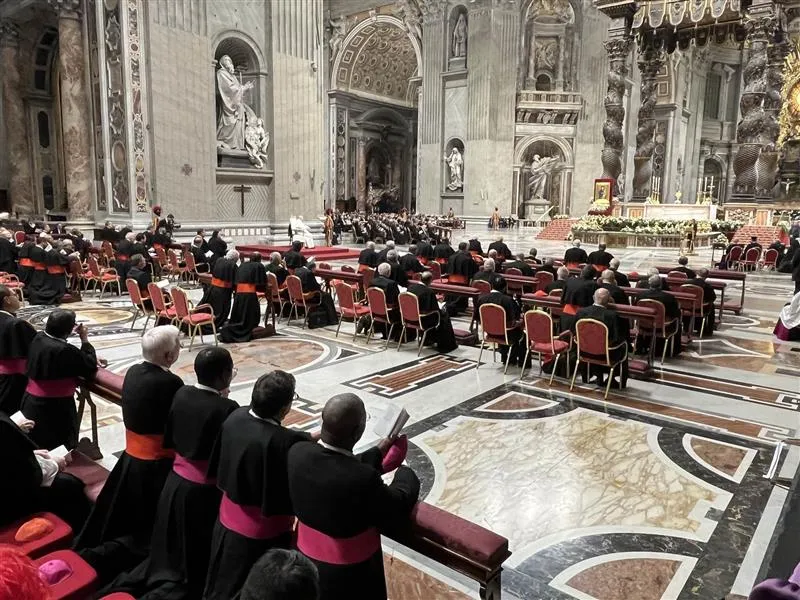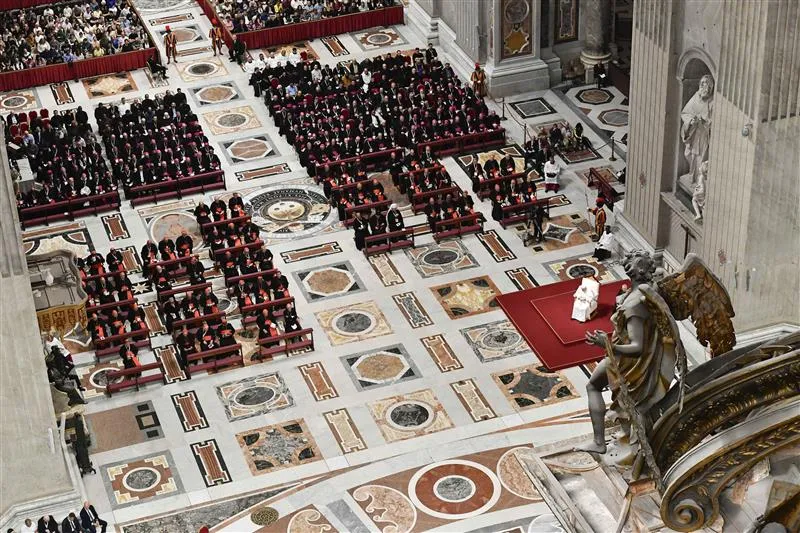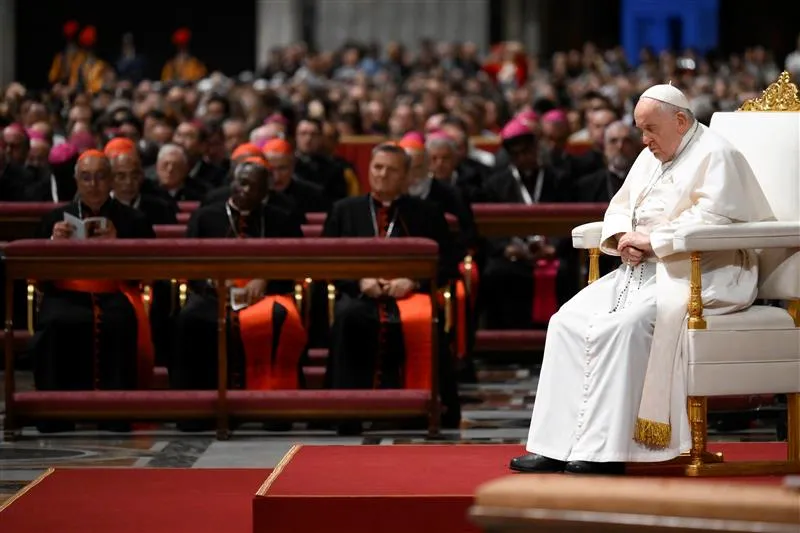
Vatican City, Mar 4, 2020 / 12:45 pm (CNA).- Rome’s pontifical universities will temporarily shut down tomorrow, after Italy’s death toll from Covid-19 surpassed 100 people March 4.
Italian officials announced March 4 that all schools and universities in the country will be closed March 5-15 because of the country’s coronavirus outbreak.
Pontifical universities in Rome – Vatican-accredited schools teaching theology, philosophy, and other related disciples – are expected to follow the government directive.
The Pontifical University Santa Croce issued a statement Tuesday, telling students that “following the announcement of the Italian government,” the university will suspend classes until March 15.
“The same will happen for conferences and congresses, which are postponed to new dates that will be communicated by their organizers,” the university added, noting that online distance education classes would continue.
The Pontifical University of St. Thomas, the Angelicum, posted on its website March 4 that it will suspend its classes until March 15. The university also cancelled March 9 events which had been scheduled to celebrate the Feast of St. Thomas Aquinas
With 107 coronavirus-related deaths since Feb. 22, Italy has surpassed Iran in having the most documented mortalities outside of China.
Most of the confirmed cases of Covid-19 have been in the northern regions in Italy. In Lazio, the region surrounding Rome, there are 30 infected with the coronavirus as of March 4.
Italy has the oldest population in the world after Japan; more than 23% of Italy’s population is 65 years old or older in 2020.
As of March 3, the youngest Italian to die of Covid-19 was 55 years old. The majority of those who have died with coronavirus have been older than 60.
The Vatican has responded to the outbreak by postponing large spring events with significant anticipated international attendance to the fall.
Among them, the pope’s economic summit, “The Economy of Francesco.” Originally scheduled for March 26-28, the economic conference in Assisi will now take place Nov. 2.
The Vatican announced March 3 that Pope Francis’ Global Compact on Education, scheduled to take place in May, will be postponed until October 11-18.
“The uncertainty linked to the spread of Coronavirus, along with the decisions taken by public authorities on a global scale, have led to the decision to postpone the anticipated meeting in order to allow the widest and most serene participation possible,” the Vatican’s Congregation for Catholic Education said in a statement.
“The Global Pact is not limited to educational and academic institutions but rather, in the belief that commitment to education must be shared by all, involves representatives of religions,
international bodies and the various humanitarian institutions, of the academic, economic, political and cultural world,” it added.
Holy See press office director Matteo Bruni also shared that steps have been taken in Vatican City as precautionary measures to protect against the virus.
Hand sanitizer dispensers have been installed in Vatican City offices, and there is a nurse and a doctor on call at a Vatican clinic to give immediate assistance, Bruni told Vatican News.
According to the World Health Organization, Italy has the third highest number of reported cases of novel coronavirus after China and South Korea.
Covid-19 is a new strain of coronavirus, which can cause fever, cough, and difficulty breathing. In some cases, it can lead to pneumonia, kidney failure, and severe acute respiratory syndrome.
Most of the cases are in the Lombardy region in the north, followed by the regions of Emilia-Romagna and Veneto. Of these cases, many are mild and being treated at home.
The Italian Health Ministry reports that as of March 4, 276 people in the country have recovered from Covid-19.
If you value the news and views Catholic World Report provides, please consider donating to support our efforts. Your contribution will help us continue to make CWR available to all readers worldwide for free, without a subscription. Thank you for your generosity!
Click here for more information on donating to CWR. Click here to sign up for our newsletter.







Life is a precious gift. Health is wealth. May all human beings be blessed with sound health. God bless.